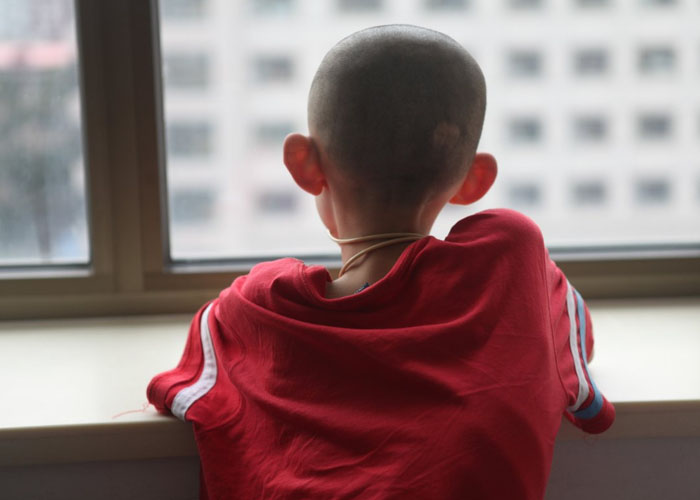By using magnetic resonance imaging (MRI) to study the brains of siblings whose older brothers or sisters have autism, scientists can correctly identify 80% of infants who are subsequently diagnosed with autism at 2 years of age. The study used MRI to measure the brains of “low-risk†infants with no family history of autism, and the brains of “high-risk†infants with at least one autistic relative. Computer algorithms are then used to predict autism prior to clinically diagnosable behavioral settings. The study was completed by researchers at the University of Washington and published in the journal Nature on February 16. For the first time, the study used brain biomarkers to identify babies in high-risk pools, and was able to identify those infants who would be diagnosed with Autism Spectrum Disorder (ASD) at 24 months. “Usually, the earliest age at which we can reliably diagnose autism in children is 2 years. When there is a consistent behavioral symptom, the average age of diagnosis in the United States is actually 4 years due to differences in health visits,†co-author of the study, UW. Annette Estes, professor of speech and hearing science, said, "But in our study, brain imaging biomarkers were able to identify infants who were later diagnosed with ASD at 6 and 12 months." The predictive power discovered by the team may provide information for the development of ASD diagnostic tools that can be used in the first year of life before behavioral symptoms occur. "We don't have such a tool yet," Estes said. "But if we do this, parents of high-risk babies don't need to wait for a 2, 3 or even 4-year-old ASD diagnosis, and researchers can begin to develop interventions to prevent these children from falling behind in social communication skills." ASD patients, including 3 million people in the United States, have unique social communication deficiencies and demonstrate a series of ritual, repetitive and stereotyped behaviors. It is estimated that in the United States, one of 68 infants develops autism. But for babies with autistic brothers or sisters, the risk may be as high as one every five births. The research project includes hundreds of children from across the country and is led by researchers from four clinical sites in the United States: University of North Carolina - Chapel Hill, University of Washington, Washington University in St. Louis, and Children's Hospital of Philadelphia. Other major collaborators are at the Montreal Institute of Neurology, the University of Alberta and the University of New York. "We have wonderful, dedicated families who are involved in this research, and they are willing to come to our research sites from long distances, and then until late at night," said Stephen Dager, Ph.D., professor of radiology at the University of Wisconsin, and professor of radiology at Wisconsin State University. We can collect brain imaging data of the children they sleep with, and the family participates in follow-up visits, so we can measure their children's brains, and without them to participate wholeheartedly, we can't make these findings." Diagnostic Devices,Diagnostic Medical Devices,Medical Routine Diagnostic Tools,Medical In Vitro Diagnostic Tools,Digigal Thetmometer,Stethoscope,Syhygmomanometer Surgimed Medical Supplies Co.,Ltd , https://www.surgimedcn.com
Nature: 80% of autistic infants can be identified by magnetic resonance imaging
Next Article
Meat donkey feeding method